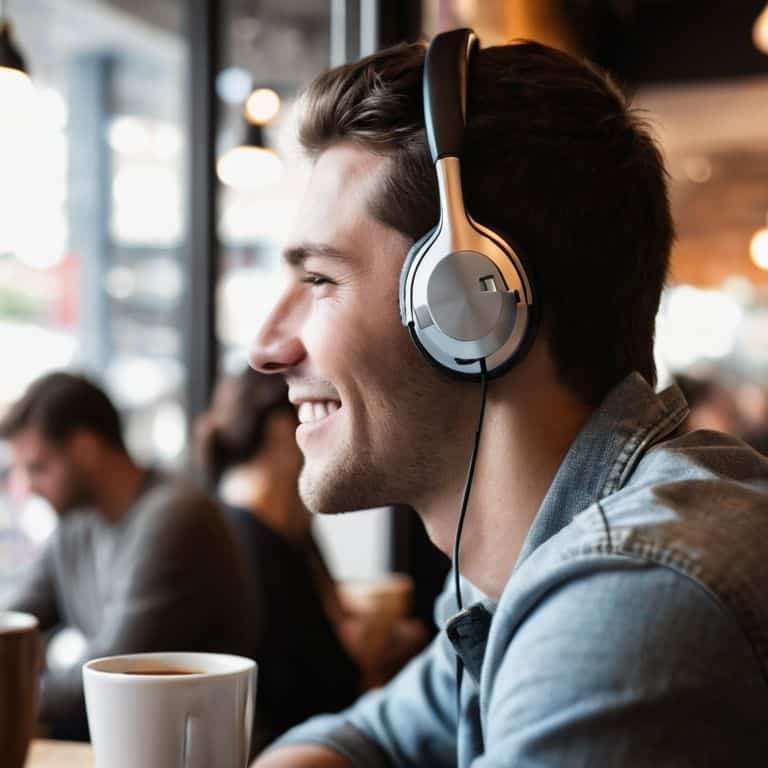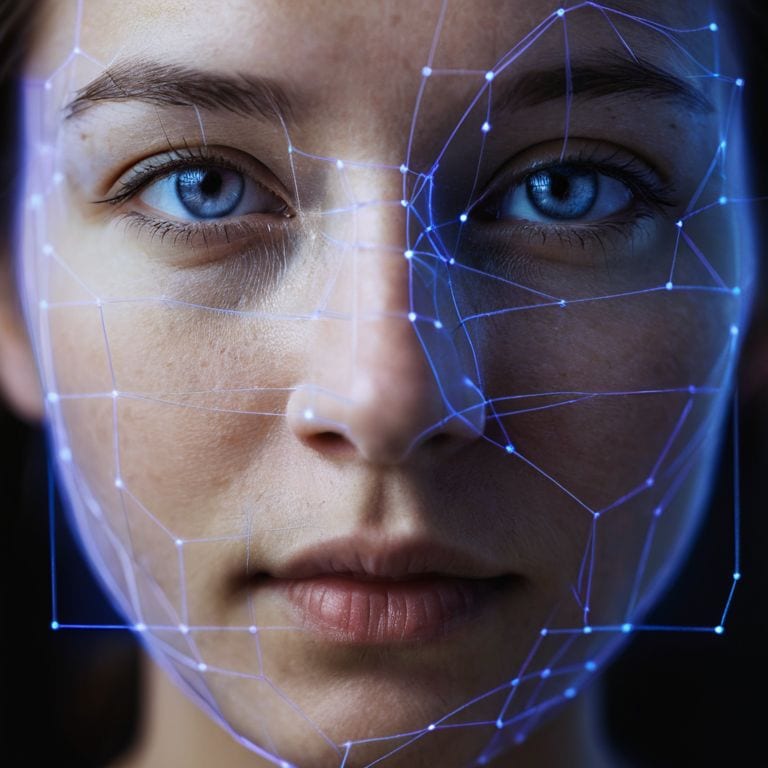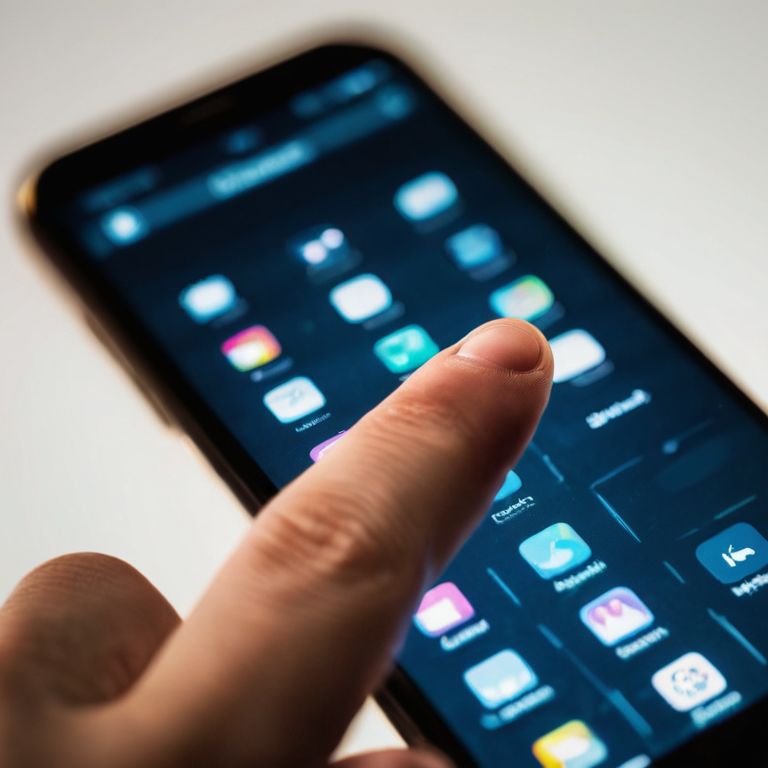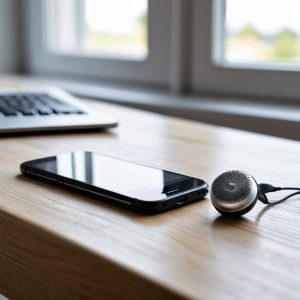I still remember the first time I put on a pair of noise-canceling headphones and wondered how do noise-canceling headphones work – it was like a revelation. The constant hum of the coffee shop, the chatter of strangers, and the clinking of cups all faded into the background, leaving me with a sense of peace and quiet that I’d never experienced before. But as an engineer, I couldn’t just enjoy the magic – I had to understand the science behind it. So, I dove into the world of noise-canceling technology and discovered that it’s not as complicated as it seems.
As someone who’s spent years designing complex electronics, I’m excited to share my knowledge with you and explain how do noise-canceling headphones work in simple terms. In this article, I’ll break down the basics of noise cancellation and show you how it’s used in everyday devices. My goal is to demystify the technology and provide you with a clear understanding of how it works, without using overly complicated jargon or technical terms. By the end of this article, you’ll have a solid grasp of the concepts and be able to explain them to others – and that’s the ultimate test of understanding, if you ask me.
Table of Contents
- Uncovering Noise Canceling Secrets
- How Do Noise Canceling Headphones Work
- 5 Key Takeaways to Understand the Magic of Noise-Canceling Headphones
- Key Takeaways: Demystifying Noise-Canceling Headphones
- Demystifying the Silence
- Unraveling the Mystery of Noise-Canceling Headphones
- Frequently Asked Questions
Uncovering Noise Canceling Secrets
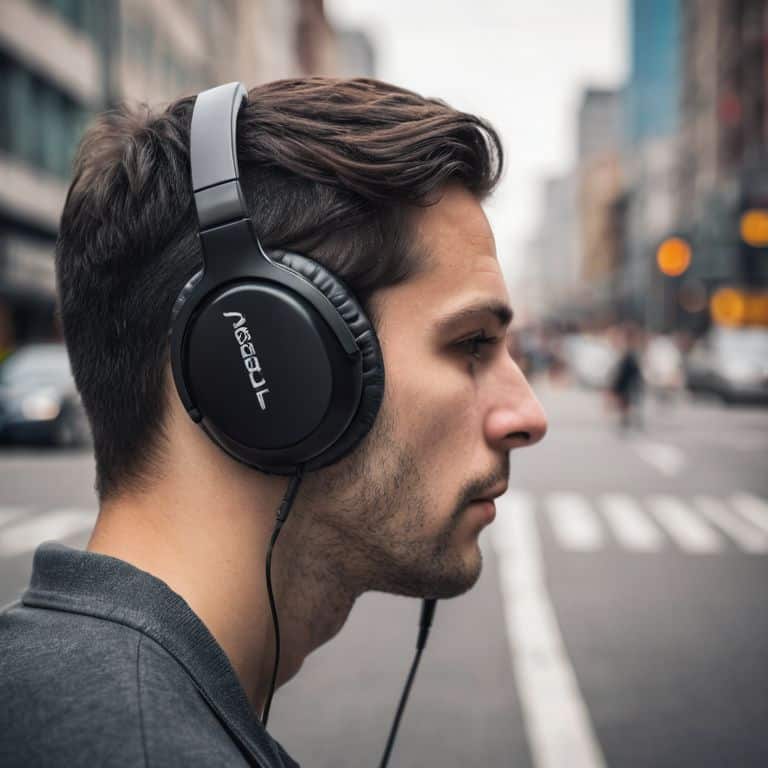
As we dive into the world of noise-canceling headphones, it’s essential to understand the passive noise isolation techniques that lay the groundwork for their noise-canceling capabilities. These techniques involve using materials and designs that physically block out sound waves, such as thick ear cushions or closed-back designs. However, while these methods can be effective, they have their limitations, which is where active noise control technology comes into play.
Active noise control technology uses a combination of microphones and speakers to detect and cancel out ambient noise. This is achieved through a process called destructive interference, where the headphones produce a “negative” sound wave that mirrors the ambient noise, effectively canceling it out. For instance, when it comes to noise cancellation for air travel, this technology can be a game-changer, helping to reduce the constant rumble of the engines and create a more peaceful listening experience.
When it comes to choosing the best noise canceling headphones for gaming, it’s crucial to consider the difference between noise canceling and noise isolating. While noise isolating headphones use physical barriers to block out sound, noise-canceling headphones use the aforementioned active noise control technology to cancel out ambient noise. By understanding these differences, you can make an informed decision and find the perfect headphones to suit your needs, whether that’s for gaming, travel, or simply enjoying your favorite music in peace.
Passive Isolation vs Active Noise Control
When it comes to reducing ambient noise, there are two main approaches: passive isolation and active noise control. Passive isolation relies on the physical design of the headphones, such as thick ear cushions and a closed-back design, to block out external sounds.
In contrast, active noise control uses external microphones to capture ambient noise, and then produces a “negative” sound wave to cancel it out. This approach is particularly effective against constant, low-frequency sounds like engine rumble or airplane hum.
Testing Noise Canceling for Air Travel
When I’m on a flight, I love testing noise-canceling capabilities in a real-world setting. The constant hum of the engine and chatter of passengers make it the perfect environment to see how well these headphones can perform. By putting them to the test in such a noisy space, I can get a better sense of their effectiveness.
I’ve found that active noise control is particularly useful in this scenario, as it can effectively cancel out the low-frequency rumble of the plane’s engines, making for a much more enjoyable flight.
How Do Noise Canceling Headphones Work
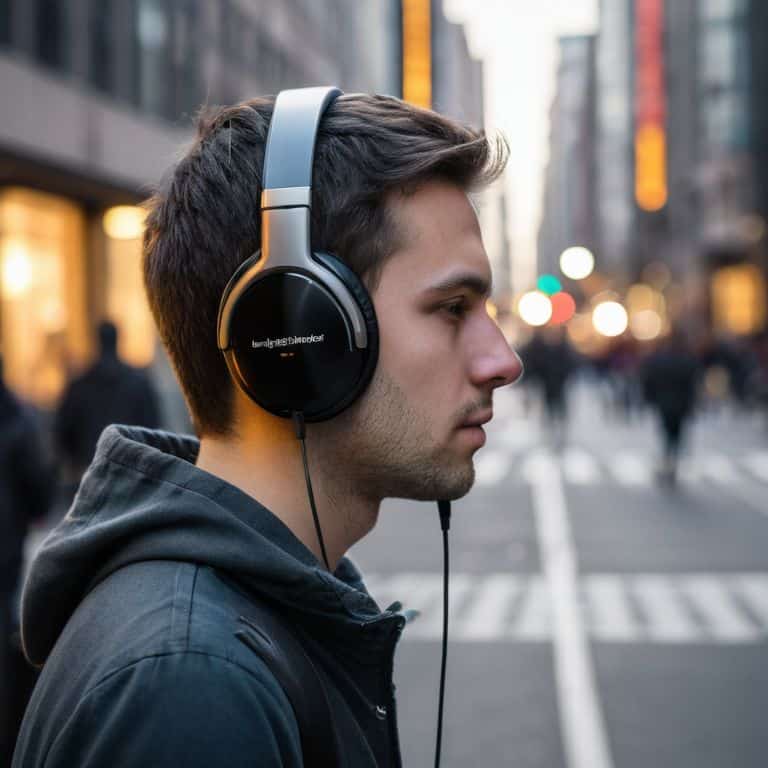
To understand the magic behind noise-canceling headphones, let’s dive into the active noise control technology that makes them tick. At its core, this technology uses one or more microphones to capture ambient noise, and then produces a “negative” sound wave to cancel it out. Think of it like a plumbing system, where the noise is like water flowing through a pipe, and the negative sound wave is like a counter-flow that neutralizes it.
The process starts with the microphone picking up the ambient noise, which is then sent to an amplifier and a noise cancellation circuit. This circuit generates the negative sound wave, also known as an “anti-noise” signal, which is then played through the headphones’ speakers. The result is that the ambient noise is effectively cancelled out, leaving you with a much quieter listening experience. It’s worth noting that passive noise isolation techniques can also be used in conjunction with active noise control to achieve even better results.
When it comes to choosing the best noise canceling headphones for gaming, it’s not just about the noise cancellation itself, but also about the overall audio quality and comfort. Some headphones may excel at noise cancellation for air travel, but fall short in other areas. By understanding how noise-canceling headphones work, you can make a more informed decision when selecting the right pair for your needs.
Isolating Difference Canceling vs Isolating
When comparing noise-canceling headphones to their isolating counterparts, it’s essential to understand the key differences in their approaches. Noise-canceling headphones use active noise control to eliminate unwanted sounds, whereas isolating headphones rely on passive isolation, which physically blocks sound waves from reaching the ear.
In simpler terms, think of it like a plumbing system – noise isolation is like closing a valve to stop water flow, whereas active noise cancellation is like using a special device to remove impurities from the water, making the overall experience more enjoyable and effective.
Noise Cancellation for Gaming Excellence
When it comes to gaming, immersive audio is key to a competitive edge. Noise-canceling headphones can significantly enhance the gaming experience by blocking out background noise, allowing players to focus on the game’s sound effects and audio cues. This can be particularly beneficial in multiplayer games where communication and quick reflexes are crucial.
To achieve optimal sound quality, noise-canceling headphones for gaming often feature advanced microphone technology and customizable audio settings. This enables players to fine-tune their audio experience, from voice chat to in-game sound effects, and gain a more immersive experience overall.
5 Key Takeaways to Understand the Magic of Noise-Canceling Headphones
- Choose the right fit: Properly sealing noise-canceling headphones around your ears is crucial for optimal performance, just like ensuring a tight seal on a plumbing pipe to maintain water pressure
- Understand the difference between passive and active noise control: While passive isolation relies on physical barriers, active noise control uses advanced electronics to cancel out unwanted sounds
- Experiment with different noise-canceling modes: Many headphones come with multiple modes tailored for specific environments, such as air travel or gaming, to enhance your listening experience
- Be aware of the power consumption: Noise-canceling technology requires power, so it’s essential to keep your headphones charged, especially during long trips or extended use
- Don’t forget to maintain your headphones: Regularly clean your noise-canceling headphones and update their firmware to ensure they continue to perform at their best and provide you with an immersive listening experience
Key Takeaways: Demystifying Noise-Canceling Headphones
Active noise control in headphones uses one or more microphones to capture ambient noise, and then produces a ‘negative’ sound wave to cancel it out, resulting in a quieter listening experience
The difference between passive isolation and active noise control is crucial: passive isolation physically blocks sound using materials like foam, while active noise control uses electronic noise cancellation to eliminate unwanted sounds
Understanding how noise-canceling headphones work can help you make informed decisions when choosing the right headphones for your needs, whether it’s for immersive gaming, focused work, or peaceful travel
Demystifying the Silence
Noise-canceling headphones don’t just block out the world, they intelligently counter it, using the principles of sound waves to create a quieter reality – it’s not magic, it’s just cleverly applied physics!
Chloe Brennan
Unraveling the Mystery of Noise-Canceling Headphones
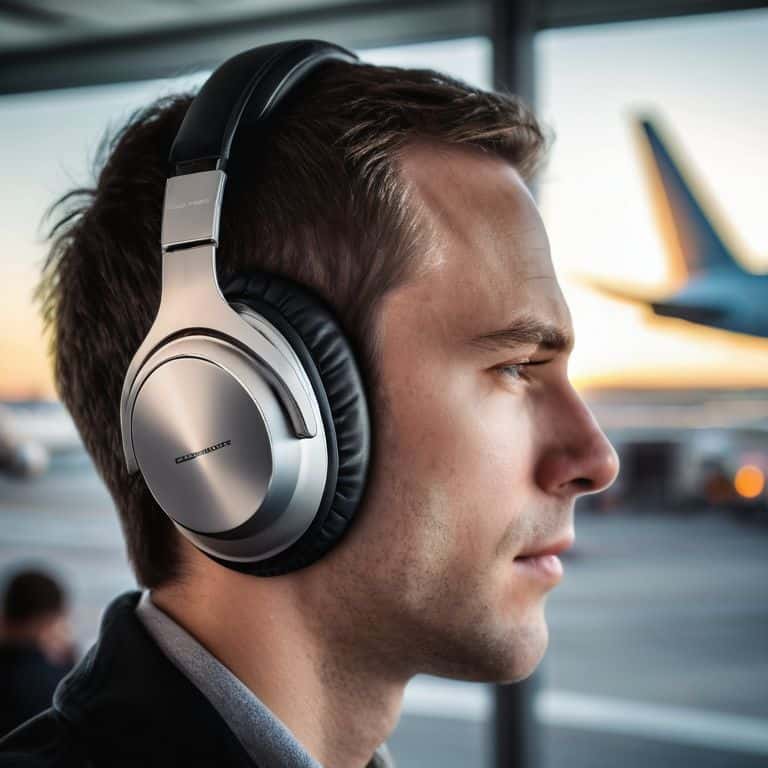
As we’ve explored the inner workings of noise-canceling headphones, it’s clear that the science behind the silence is both fascinating and complex. From the distinction between passive isolation and active noise control, to the specialized applications in gaming and air travel, understanding how these headphones work can greatly enhance our appreciation for the technology. By grasping the concepts of noise cancellation for gaming excellence and the difference between canceling and isolating, we can better utilize these devices to improve our daily lives.
In the end, demystifying the ‘black box’ of modern electronics, such as noise-canceling headphones, is not just about understanding the technology itself, but about empowering ourselves with knowledge. As we continue to innovate and push the boundaries of what is possible, remembering that the true magic lies not in the devices, but in our ability to comprehend and apply the principles behind them, will be crucial. So, the next time you slip on a pair of noise-canceling headphones, remember the remarkable symphony of science and engineering that makes your listening experience possible.
Frequently Asked Questions
Do noise-canceling headphones use a single microphone or multiple microphones to capture ambient noise?
So, to capture ambient noise, noise-canceling headphones often use multiple microphones – typically one on the outside and one on the inside – to get a more accurate reading of the sounds around you, kind of like how your ears work together to pinpoint sounds in a noisy room.
Can noise-canceling headphones also cancel out high-frequency sounds, like squeaky car brakes or high-pitched voices?
High-frequency sounds, like squeaky car brakes, are a bit trickier for noise-canceling headphones. They can reduce them, but might not completely eliminate them. Think of it like trying to stop a fast-moving stream with a filter – some water will still get through. However, good noise-canceling tech can significantly dampen those high-pitched noises, making them much less bothersome.
How do noise-canceling headphones handle inconsistent or changing background noises, like during a flight with turbulence?
Think of it like a dynamic plumbing system – noise-canceling headphones constantly adjust to changing ‘water pressure’ or background noise levels, using microphones to detect and counteract new sounds, ensuring a consistent ‘quiet’ experience, even in turbulent environments like flights.




